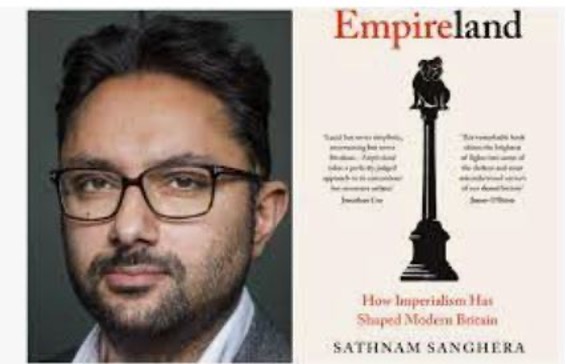

The cultural treasures looted by Britain, now sitting in our museums, were recognised by contemporaries for what they were: booty. When Robert Clive, the man credited with laying the foundations of the empire in India, died in 1774, he was buried in an unmarked grave his crimes had been so great, said Samuel Johnson, that his conscience compelled him to cut his own throat. It was also controversial in its own time. Far from a coherent project, let alone a conspiracy, Sanghera calls it “unplanned” and “nebulous… it was never a legal entity, and had no constitution or emperor issuing top-down laws”.

It was acquired, as Sir John Seeley famously described it, “in a fit of absence of mind”. With statues being tossed in rivers and the National Trust accused of going woke, it feels as if the Right regards the past as the repository of civilisation and the Left sees it as a closet packed with skeletons of dead racists, but the reality of the British Empire, says Sathnam Sanghera, was infinitely more complex. Telegraph readers might be inclined to overlook Empireland because it’s praised on the cover by Lefty shock jock James O’Brien (death by endorsement) but, trust me, it’s better than that.


 0 kommentar(er)
0 kommentar(er)
